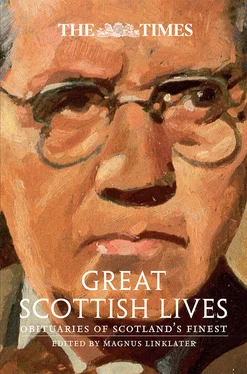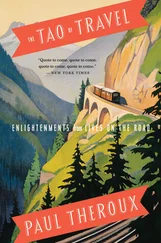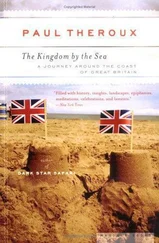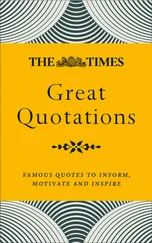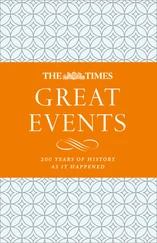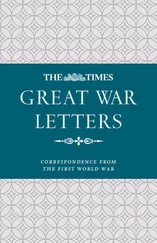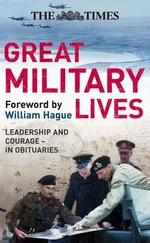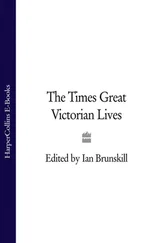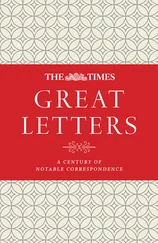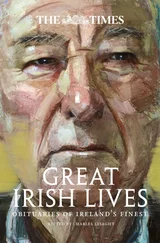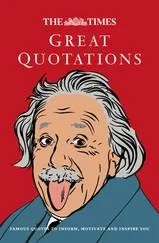1 ...6 7 8 10 11 12 ...25 Carlyle learnt to read and write in the parish school of Hoddam, where he remained until his ninth year. The parish minister, his father’s friend, taught him the elements of Latin. From the parish school he passed to the Burgh School of Annan, six miles distant, where he saw Edward Irving, ‘his first friend,’ as he once called him, who was some years his senior. Carlyle was barely 14 when he entered the University of Edinburgh. It was then in its glory. Some of its professors possessed a European reputation. The eloquent and acute Dr. Thomas Brown lectured on moral philosophy; Playfair held the chair of natural philosophy; the ingenious and quarrelsome Sir John Leslie taught mathematics; and Dunbar was professor of Greek. However, the only professor for whom Carlyle seems to have had much regard was Sir John Leslie, who had some points of affinity to his pupil; and the feeling was returned. Carlyle made few friends at the University. He was lonely and contemplative in his habits. He took no part in the proceedings, and his name is not to be found on the list of members of the Speculative Society, which every clever student was then expected to join. In after years he laid it down that ‘the true University of these days is a collection of books,’ and on this principle he acted. Not content with ransacking the College Library, he read all that was readable in various circulating libraries – among others, one founded by Allan Ramsay – and acquired knowledge which extended far beyond the bounds of the University course. He left the University with no regret.
Carlyle had been intended for the church, but could not bring himself to embrace the doctrines of his father’s kirk, and turned his hand instead to work by which he could earn his bread. For a year or two he taught mathematics in the burgh school of Annan, and remained there only two years; at their close he was appointed teacher of mathematics and classics in the burgh school of Kirkcaldy. Teaching Fifeshire boys however was not Carlyle’s vocation. After staying about two years in Kirkcaldy he quitted it, leaving behind him the reputation of a too stern disciplinarian to begin in Edinburgh the task his life as a writer of books.
Carlyle tried his ’prentice hand in Brewster’s Edinburgh Encyclopaedia, to which he contributed many articles on geographical and biographical subjects; among others, articles on Sir John Moore, Dr. Moore, Nelson, the elder and younger Pitt, Montaigne, and Montesquieu. They give but faint, uncertain promise of the author’s genius and of those gifts which made his later works as individual as a picture by Albert Dürer or Rembrandt. But they indicate patient industry and research and minute attention to details. At the instance of Sir David Brewster he translated Legendre’s Geometry and Trigonometry, prefixing to the treatise a short and modest introduction on Proportion. Carlyle about this time mastered German; his brother was studying in Germany, and the letters from Dr. Carlyle heightened his interest in its language and its literature, which was then in full blossom. The first fruits of this knowledge was an article contributed to the New Edinburgh on Faust, a subject to which he was so often to return.
About this period of Carlyle’s life the once famous John Scott was editing The London Magazine and had gathered round him a group of clever writers; Hazlitt, Lamb, Croly, Cary, and Allan Cunningham amongst them. Carlyle joined them. Here appeared, in 1823, the first part of the Life of Schiller. No name was attached to it. Those who knew that it was Carlyle’s work predicted great things from a writer who, in youth, exhibited noble simplicity and maturity of style, and who had conceptions of criticism very rare in those times. In the following year he published, again anonymously, a translation of Wilhelm Meister’s Lehrjahre. Goethe was then no prophet out of his own country. He was known to no Englishman but De Quincey, Coleridge and a few students of German literature. The novel was sneered at, and the savage, elaborate invectives which De Quincey hurled at Goethe did not spare the translator. Undeterred by sneers and remonstrances, Carlyle published in 1827 several volumes entitled German Romance, containing translations from the chief writers of the romantic school.
In 1827 he married Miss Jane Welsh, the only daughter of Dr. Welsh, of Haddington, a descendant of John Knox. She had inherited a farm lying remote and high up among the hills of Dumfriesshire; and there Carlyle found the Patmos which his perturbed spirit needed. To the farmhouse of Craigenputtock – a plain, gaunt two-story dwelling, with its face blankly looking towards the hill, some 15 miles from town or market – came Carlyle and his bride in 1828. Here for six years he lived with this one friend and companion – a companion worthy of him, a talker scarcely inferior to himself, a woman, as he himself termed her, of ‘bright invincibility of spirit.’
Carlyle toiled hard in this temple of industrious peace. In these obscure youthful years, he wrote, read, and planned much, and made incursions into many domains of knowledge. In a bare, scantily furnished room of the farmhouse, now shown with pride to visitors, he pursued this plan and wrote essay after essay and did much of his best work. Here were composed his essays on Burns, Goethe and Johnson, Richter, Heyne, Novalis, Voltaire and Diderot. Sartor Resartus was composed here; the manuscript to be laid aside until some other time. Carlyle contributed to the Edinburgh Review, which was still under the management of Jeffrey. The relationship was not perfectly smooth or entirely satisfactory to either editor or writer. It was difficult to adjust the boundaries of the respective provinces, Carlyle being apt to take offence at the ruthless hacking and hewing of his work in which Jeffrey indulged, and the latter being cut to the quick by the eccentricities of style displayed by his contributor, and surprised that Carlyle was not grateful for efforts to impart trim grace and polish to his articles. With Professor Napier, on the other hand, Carlyle’s dealings were much to his satisfaction. Sartor Resartus, that unique collection of meditations and confessions, passionate invective, solemn reflection, and romantic episodes from his own life, was composed at Craigenputtock in 1831. It is not a little astonishing that this book, every page of which is stamped with genius of the highest order, failed at first to find admirers or appreciators. Even John Stuart Mill who afterwards delighted in the book, admitted that when he saw it in manuscript he thought little of it. Not for seven years after its composition did Sartor appear as a volume. It ‘had at last,’ says its author, ‘to clip itself in pieces, and be content to struggle out, bit by bit, in some courageous magazine that offered.’
Strengthening and helpful and rich in fruit were these years in his Nithsdale hermitage. But the time came for him to leave Craigenputtock. A historian, a critic, a biographer must needs have libraries within his reach. Some ties which bound Carlyle to Dumfriesshire had been severed. His father had passed away full of years, and it became fit, and even necessary, that Carlyle should leave his mountain seclusion and betake himself to London. He settled in Cheyne-row, in a small three-storied house, which he never afterwards quitted.
Carlyle was a man of mature years when he removed to London. The first years after his coming to the city were the most fruitful of his literary life. Essays, histories, lectures, biographies poured from his brain with surprising rapidity. No book-hack could have surpassed the regularity and industry with which he worked, late and early, in his small attic. A walk before breakfast was part of the day’s duties. At 10 o’clock in the morning, whether the spirit moved him or not, he took up his pen and laboured hard until 3 o’clock; nothing, not even the opening of the morning letters, was allowed to distract him. Then came walking, answering letters, and seeing friends. One of his favourite relaxations was riding, in an omnibus. In the evening he read and prepared for the work of the morrow.
Читать дальше
